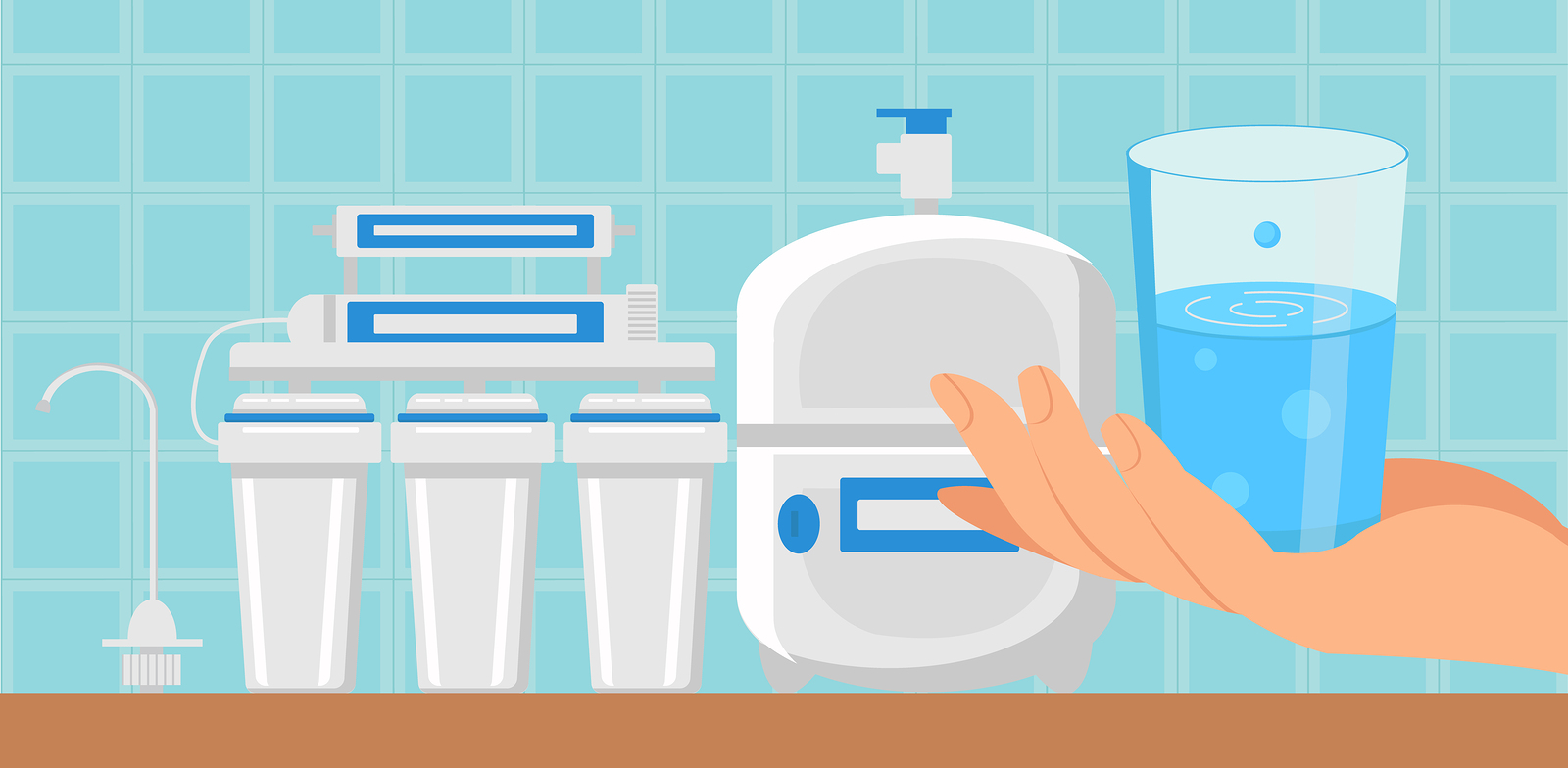There are more than 780 million people around the world who don’t have access to an improved water source, according to the U.S. Centers for Disease Control and Prevention. In many areas, water is available, but is not suitable for drinking.
Even in developed nations, such as the United States, water may be contaminated with heavy metals and bacteria. In Nevada alone, state health officials found 88 different contaminants, including uranium, lead, coliform bacteria and arsenic.
Contaminated water can cause a wide range of health issues, including gastrointestinal problems, diarrhea and nausea. Get to know more such information on SciMed.
Thanks to developments in technology, water filtration systems are helping to make water safer to drink.
1. Nanotechnology
Nano Sun of Singapore’s Nanyang Technological University created a multi-functional water filtration membrane in 2014. These systems use titanium dioxide nanotechnology instead of a polymer-based filtration membrane.
Simply put, the system kills bacteria and breakdown organic compounds through the use of ultraviolet rays. The membrane is also considered environmentally-friendly because it reduces biofouling, or the build-up of microorganisms that normally grow on wet surfaces.
2. Photocatalytic Water Purification
In 2014, photocatalytic water filtration technology was unveiled at Eco-Products in Tokyo, Japan.
The system uses photocatalysts and ultraviolet rays from the sun to detoxify pollutants. It claims to remove bacteria and arsenic among many other things.
3. SunSpring System
A Colorado company has developed a water filtration system that can purify up to 5,000 gallons of water every day. The system runs on a battery powered by renewable energy.
The technology is called SunSpring. It uses a 7-mile membrane that is 0.02 microns thick, and it stops microbiological toxins.
4. Euglena Biofiltration System
The Euglena biofiltration system is unique. Euglena is a type of aquatic organism that can absorb water pollutants. Noble Purifications is exploiting this capability and developed a filtration system that treats water.
The technology uses controlled algae to bloom in wastewater. The algae then absorb toxins in the water.
5. UV Purification
UV, or ultraviolet, purification uses ultraviolet light to kill germs, microbes, bacteria and cysts in water. The concept is a simple one, but it’s highly effective and can kill 99.99% of harmful organisms in water.
The UV radiation penetrates the cells of bacteria and viruses, and eliminates their ability to reproduce. The microbes and organisms, unable to multiple, eventually die off.
UV purification kills the germs, but their bodies remain in the water. Separate filters are required to remove the bodies of the germs.
This type of filtration is normally done in conjunction with other filtration technologies, such as activated carbon filters and reverse osmosis.
6. Tata Switch
The Tata Switch system was developed by Tata Chemicals and Tata Data Research Development and Design Center. Launched in 2009, the system was designed for low-income families. It uses husk ash and nano silver to kill bacteria and harmful germs.
Tata Switch systems can reportedly purify 3-4 liters of water every hour.
Advancements in water filtration technologies makes clean water more accessible to people all over the world. These are just a few of the many filtration systems available, and many of them come at consumer-friendly prices.
